Bristol M.1 C RAF Royal Flying Corps
Production Time 9 to 10 weeks
Shipment is by FedEx, UPS or DHL International Express Courier with a normal door-to-door delivery time worldwide of within 2-3 business days after dispatch. Due to the current volatility of world fuel prices, the amount mentioned here is our best estimate for DHL and UPS and may be subject to change at the time of shipping.

Model Description: Bristol M.1 C RAF Royal Flying Corps Shuttleworth Collection Wood Replica Scale Custom Model Aircraft
Manufacturer: Bristol
Wingspan: 16.6 Inches (42.2 Centimeters)
Height: 4.2 Inches (10.7 Centimeters)
Scale: 1:22
Registration: C-4918
$239.50
Production Time 9 to 10 weeks
-
United States dollar ($)
-
Pound sterling (£)
-
Euro (€)
-
Australian dollar ($)
-
Canadian dollar ($)
-
Singapore dollar ($)
-
Swiss franc (CHF)
-
Japanese yen (¥)
-
Danish krone (kr.)
-
Hong Kong dollar ($)
-
Norwegian krone (kr)
-
Swedish krona (kr)
-
United Arab Emirates dirham (د.إ)
General Product Description
Our PlaneArts Bristol M.1 C RAF Royal Flying Corps model exhibits unique, unrivaled quality and detailed design to come as close as possible to the accuracy of the actual plane. It comes as standard with a robust, durable base or stand which is available in a variety of different finishes designed to match your own personal requirements including solid wood, wood with polished metal supports or adjustable wood wall mount and will be ready within about 9-10 weeks from placement of order.
The Bristol M.1 C RAF Royal Flying Corps model is made of the finest kiln dried renewable mahogany wood (commonly known as Lauan or Meranti) which has undergone many stages of carving and meticulous and careful sanding giving the beautiful, finished museum quality masterpiece. Many collectors and model connoisseurs demonstrate their preference for genuine handmade and hand painted mahogany wood models rather than plastic or die cast (diecast) alternatives due to the overall look and totally different feel of the item - we trust you will find the same. We can however, if required produce the same model in Solid Cast Resin so just click and contact us for further information. Our craftsmen and gifted artisans ensure that our finely handcrafted model airplanes match the precise blueprint details of the original aircraft. The paint scheme, markings and parts are closely matched, reflecting the original aircraft. This stylish top-quality desktop replica model will surely enthrall anyone who receives this as a gift and for sure one of the most appropriate and desirably collectable gifts for any military aviation enthusiast and avid aircraft collector whilst also displaying a perfect resemblance to the actual real life version.
There are many types of military propeller aircraft, but the basic types are bombers, fighters, fighter bombers, spotter planes, transporters, patrol aircraft, trainers, and reconnaissance and observation aircraft. All these types of aircraft are used for different types of missions. If you're a fan of historic or present-day military aviation, our model aircraft will bring the excitement and character of these aircraft right into your own home. You can order a wood airplane model of a North American B-25 Mitchell Bomber, a B17 - Flying Fortress, or a P-51 Mustang Nervous Energy V not forgetting the Bf 109, Spitfire, FW 190, A6M Zero, P-38 and F4U. These classic, propeller airplane models are of the highest quality. Each is individually crafted by our expert craftsmen. They produce handmade scale mahogany airplane models of the finest aircraft from World War I and II to present day biplanes and triplanes.
If you require, we can also make the Bristol M.1 C RAF Royal Flying Corps model in any other military, government or even private livery or colour scheme you require and if necessary, in a different size or scale. Just click here to contact us with a description or photographs of what you require, and we will let you have a quotation for the necessary customization by return email. We can also make bespoke scale replicas of any other private / civil commercial airliner or airliners, helicopter, glider, gliders with engines, military jet, warplane jets, biplane, triplane, tail fin, spacecraft, rocket or NASA model you require in any airline, military or civilian livery or colors. We also produce model airships, blimps, dirigibles, blimps, boats, and ship collectibles. Wall plaque or seal for military, government or private customers. Again, by clicking here to contact us just let us know exactly what you need.
The Bristol M.1C Monoplane: A Pioneering Aircraft of the Royal Flying Corps
In the annals of military aviation, certain aircraft stand out not just for their service record but also for their innovative design and the influence they had on future developments. One such aircraft is the Bristol M.1C, a British monoplane fighter that served during World War I. Despite its limited use at the front lines, the Bristol M.1C represented a significant technological leap forward and demonstrated features that would become standard in later aircraft designs.
Design and Development:
The Bristol M.1 was developed by the British and Colonial Aeroplane Company (later known as Bristol Aeroplane Company) in 1916. Designed by Frank Barnwell, the M.1 was initially met with skepticism by military officials, largely due to a prevailing belief in the superiority of biplanes. The monoplane design of the M.1, however, offered several advantages over its contemporaries, including superior speed, a better rate of climb, and improved visibility for the pilot.
The aircraft was powered by a Le Rhône rotary engine, later models, including the M.1C, were equipped with the more powerful 110 hp Le Rhône 9J engine. This gave the Bristol M.1C a top speed of approximately 130 mph (209 km/h), making it one of the fastest fighters of its time.
Operational History:
Despite its promising design and superior performance in tests, the Bristol M.1C saw limited frontline service with the Royal Flying Corps (the precursor to the Royal Air Force). The primary reason for this was the prevailing military doctrine that favored the more versatile biplanes for their better low-speed handling and maneuverability in dogfights.
However, the M.1C did see combat in the Middle East and the Macedonian front, where its speed and agility proved valuable in engaging enemy aircraft and in ground-attack roles. In total, only about 130 M.1Cs were built, but those that flew in combat proved highly effective, with pilots praising its speed, agility, and ease of control.
Features and Innovations:
The Bristol M.1C was notable for several innovative features:
- Monoplane Design: Its monoplane configuration was ahead of its time, offering less drag and a higher top speed than the biplanes it competed against.
- Metal Skid: To protect the propeller during landings, the M.1C featured a metal skid beneath the tail, a practical solution that would be seen in later aircraft designs.
- Streamlined Fuselage: The fuselage of the M.1C was designed for aerodynamic efficiency, contributing to its impressive performance.
- Armament: The M.1C was armed with a single synchronized Vickers machine gun mounted in front of the cockpit, an arrangement that would become standard in fighter aircraft.
Legacy:
The Bristol M.1C’s contribution to military aviation might be seen as a case of ‘what could have been’ had it been deployed more widely during World War I. Its design and performance characteristics foreshadowed the future of fighter aircraft, moving away from the cumbersome biplanes towards sleeker, faster monoplanes.
Today, the Bristol M.1C is remembered not just as a capable fighter but as a pioneering design that pushed the boundaries of military aviation. It stands as a testament to the innovation and bravery of early 20th-century aviation, embodying the spirit of progress that would lead to the modern era of air combat.
| Weight | 6 kg |
|---|---|
| Dimensions | 11 × 16.6 × 4.2 in |
Be the first to review “Bristol M.1 C RAF Royal Flying Corps” Cancel reply
Similar Models
Helicopters
Military Airplanes - Propeller
Military Airplanes - Propeller
Military Airplanes - Propeller
Private & Civilian
Private & Civilian
Military Airplanes - Propeller
Military Airplanes - Propeller
Military Airplanes - Propeller
Military Airplanes - Propeller
Military Airplanes - Propeller
Military Airplanes - Propeller
Military Airplanes - Propeller
Military Airplanes - Propeller
Boats, Ships & Submarines
Boats, Ships & Submarines
Military Airplanes - Propeller
Military Airplanes - Propeller
Military Airplanes - Propeller
Military Airplanes - Jet
Military Airplanes - Jet
Military Airplanes - Jet
Military Airplanes - Jet
Military Airplanes - Propeller
Military Airplanes - Propeller
Military Airplanes - Jet
Military Airplanes - Jet
Military Airplanes - Jet
Military Airplanes - Jet
Military Airplanes - Propeller
Military Airplanes - Jet
Military Airplanes - Propeller
Military Airplanes - Propeller
Private & Civilian
Military Airplanes - Propeller
Military Airplanes - Propeller
Private & Civilian
Israel Aircraft Industries IAI-1124 Westwind TNT Air Couriers
Military Airplanes - Propeller
Military Airplanes - Jet
Military Airplanes - Jet
Military Airplanes - Jet
Military Airplanes - Jet
Military Airplanes - Propeller
Military Airplanes - Propeller
Military Airplanes - Jet
Military Airplanes - Jet
Military Airplanes - Jet
Military Airplanes - Jet
Military Airplanes - Propeller
Military Airplanes - Jet
Military Airplanes - Jet
Military Airplanes - Jet
Military Airplanes - Propeller
Military Airplanes - Propeller
Military Airplanes - Propeller
Military Airplanes - Propeller
Military Airplanes - Jet
Military Airplanes - Jet
Military Airplanes - Propeller
Military Airplanes - Jet
Private & Civilian
Military Airplanes - Jet
Military Airplanes - Propeller
Private & Civilian
Military Airplanes - Propeller
Military Airplanes - Jet
Military Airplanes - Propeller
Military Airplanes - Propeller
Military Airplanes - Propeller
Military Airplanes - Propeller
Military Airplanes - Propeller
Military Airplanes - Propeller
Military Airplanes - Jet
Military Airplanes - Jet
Private & Civilian
Military Airplanes - Jet
Military Airplanes - Jet
Helicopters
Helicopters
Helicopters
Military Airplanes - Propeller
Helicopters
Military Airplanes - Jet
Blackburn Buccaneer RAF 237 Operational Conversion Unit OCU Squadron
Military Airplanes - Propeller
Private & Civilian
Military Airplanes - Jet
BAe British Aerospace Hawk T.1 Mk.1 Royal Air Force RAF Red Arrows
Military Airplanes - Jet
Military Airplanes - Propeller
Military Airplanes - Propeller
Military Airplanes - Propeller
Military Airplanes - Propeller
Military Airplanes - Propeller
Military Airplanes - Propeller
Military Airplanes - Propeller
Military Airplanes - Propeller
Military Airplanes - Propeller
Private & Civilian
Private & Civilian
Helicopters
Private & Civilian

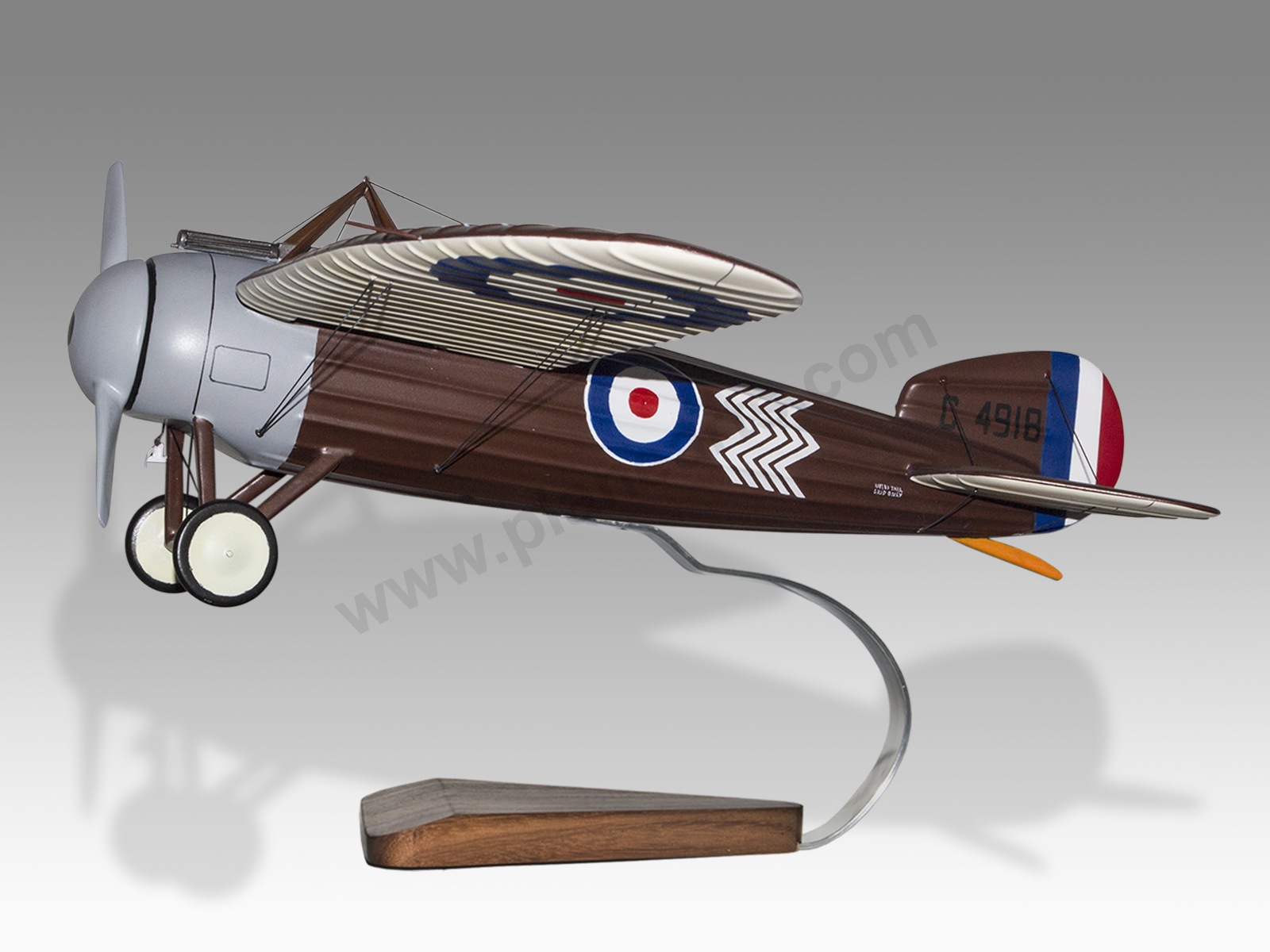
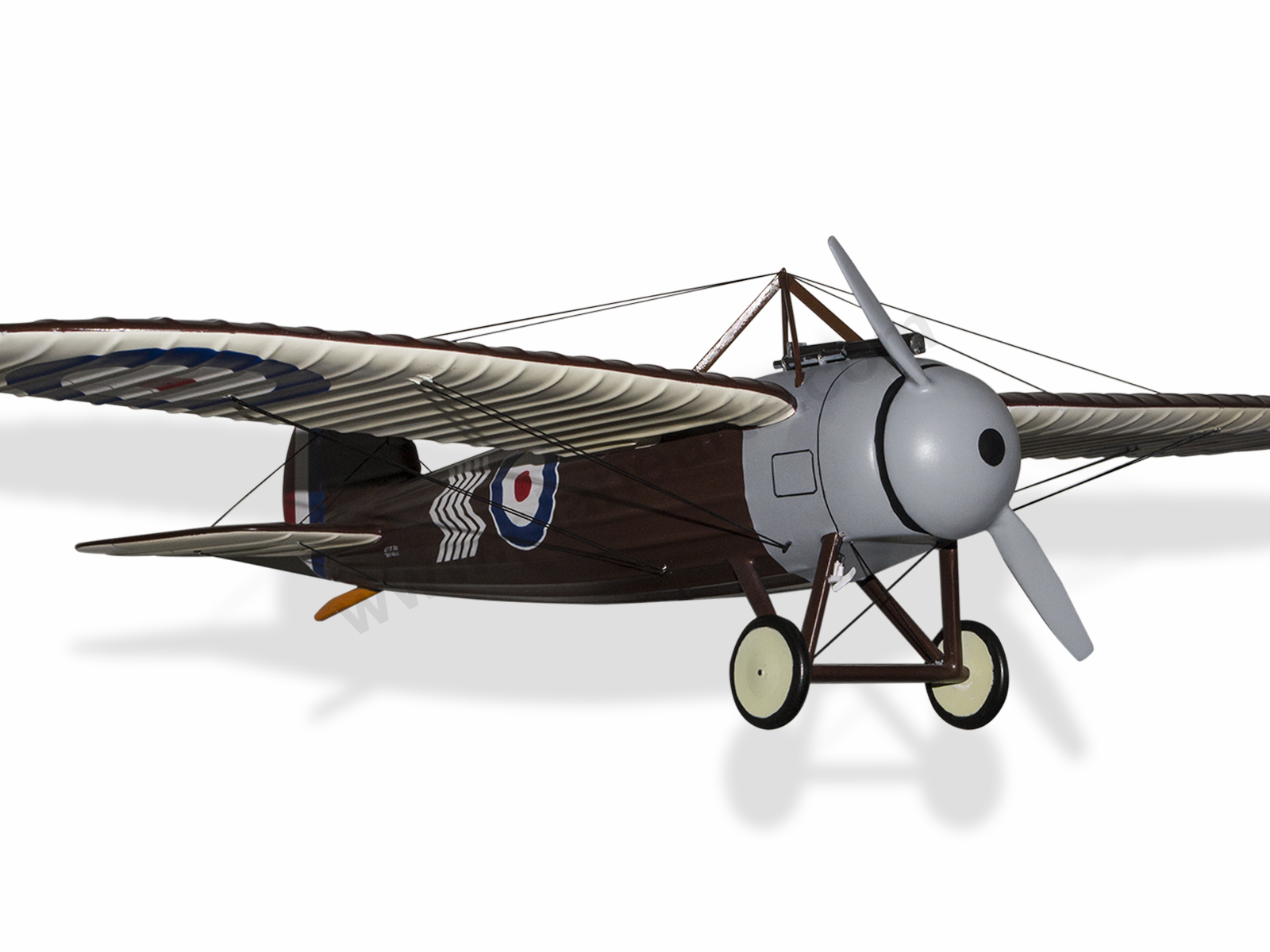
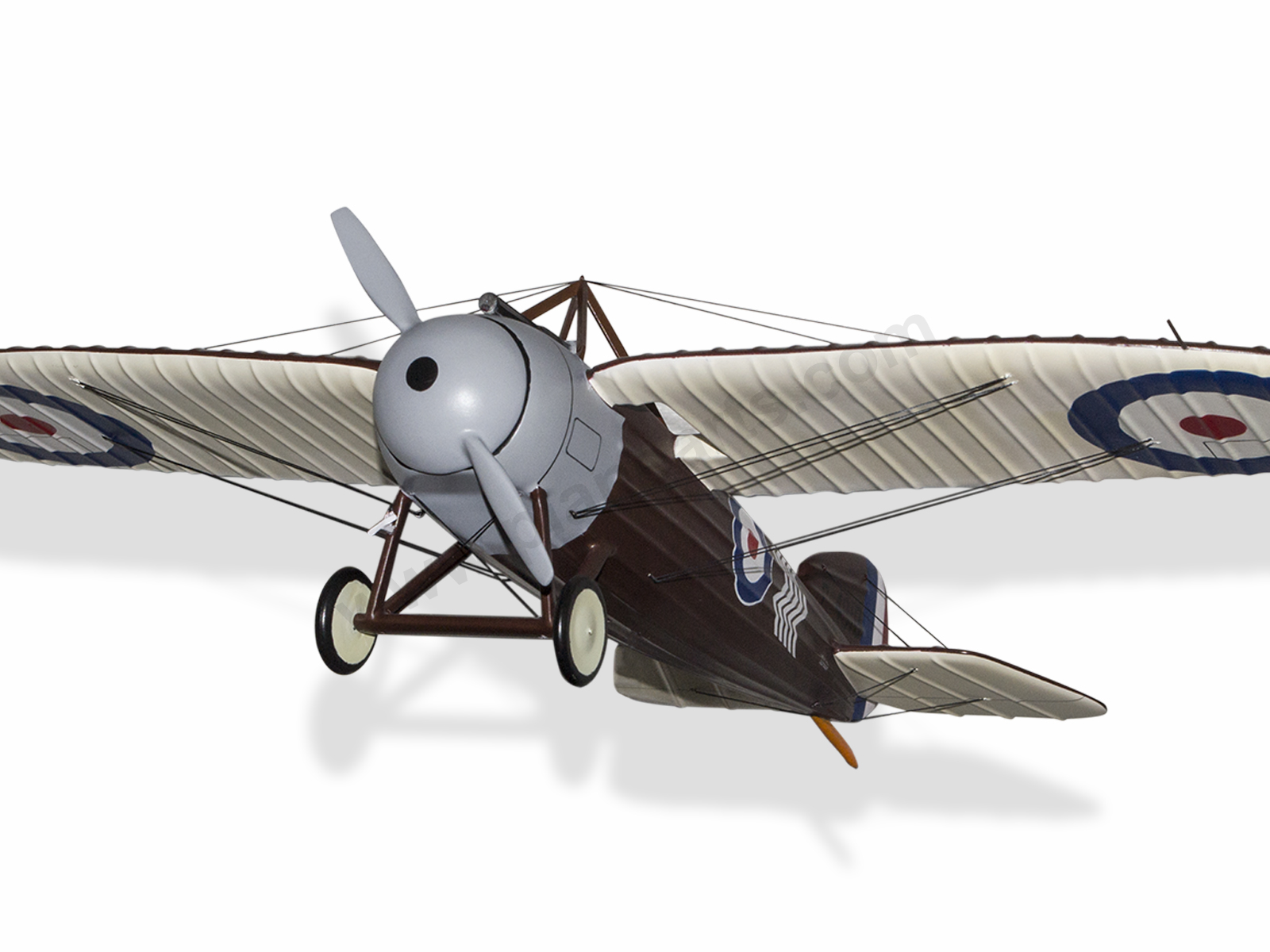
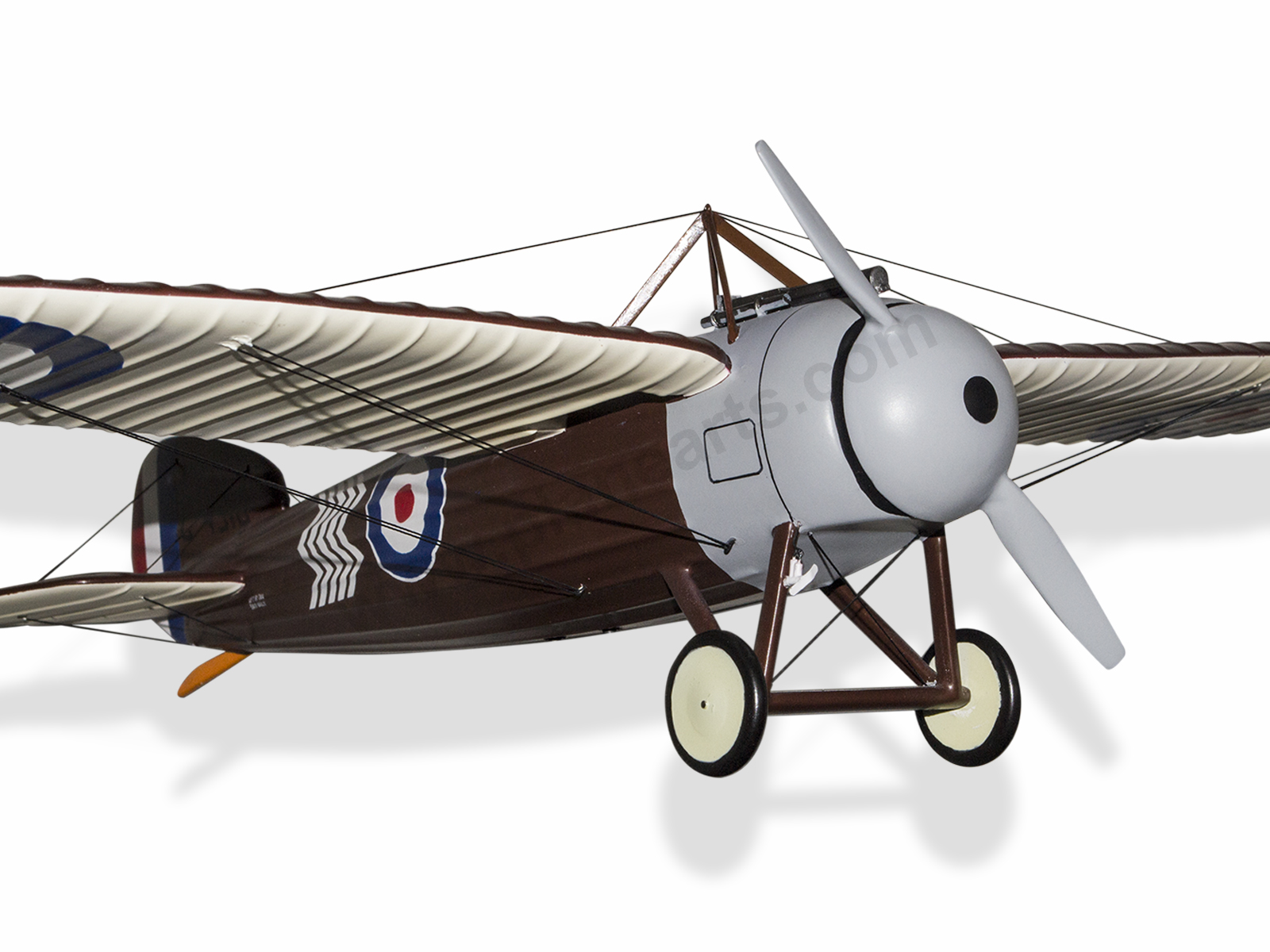
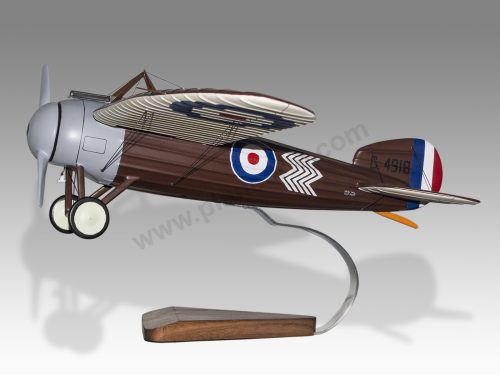
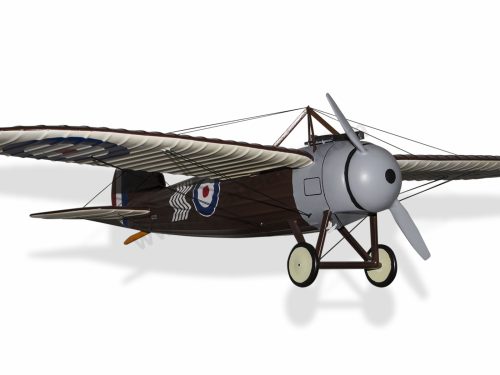
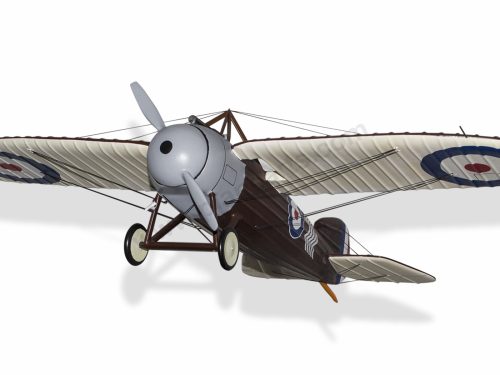
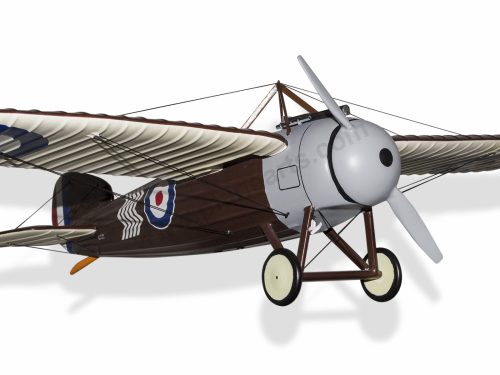
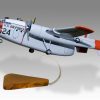
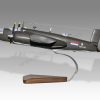
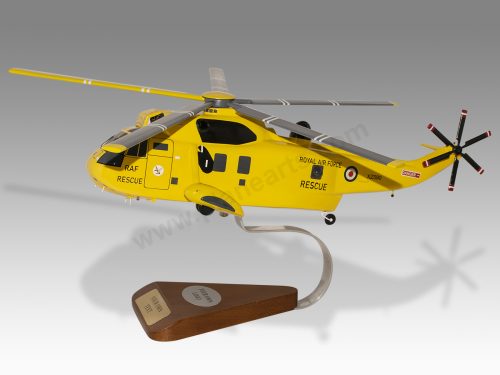
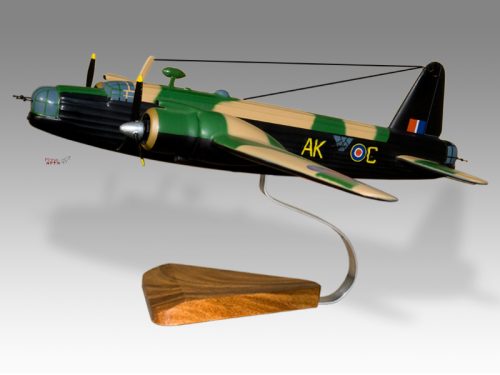

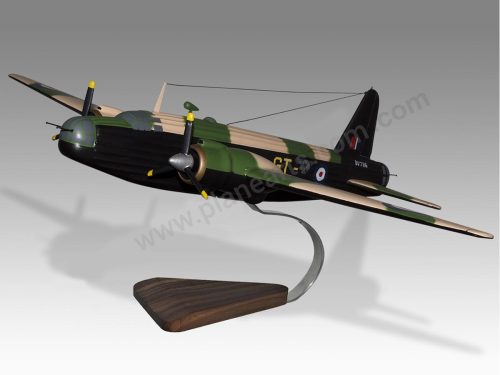

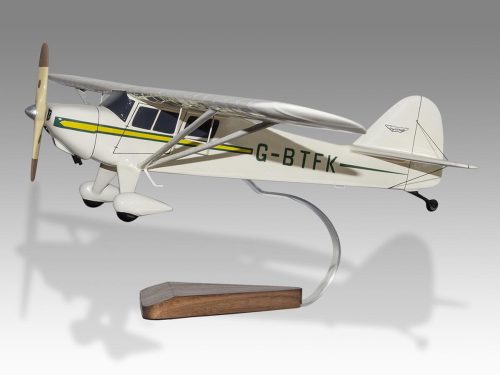
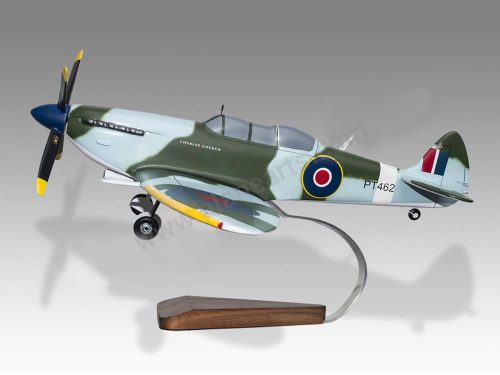
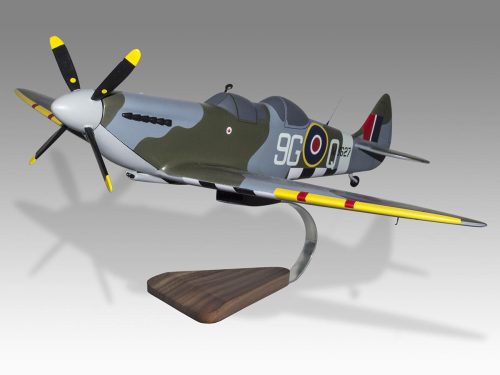
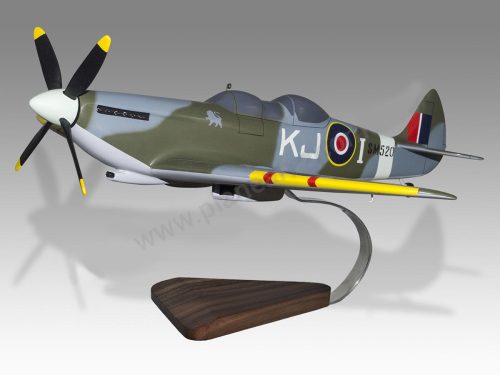
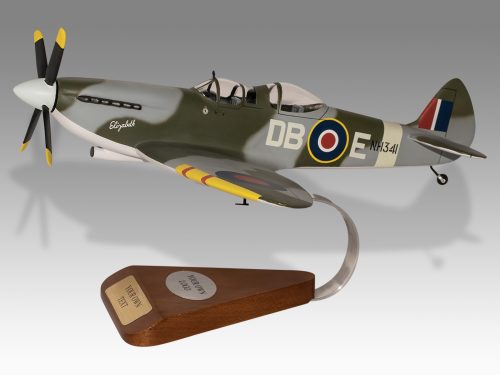
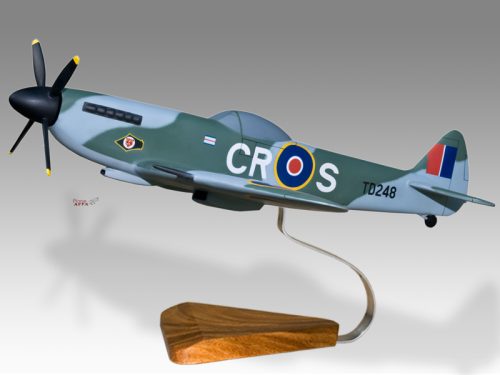
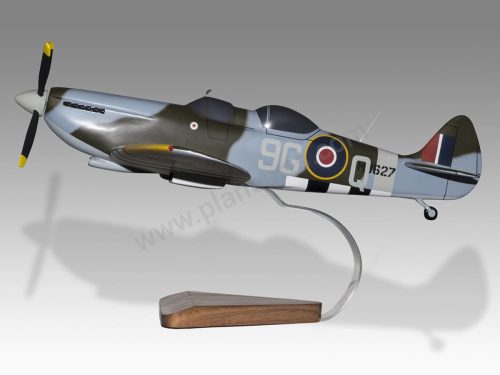
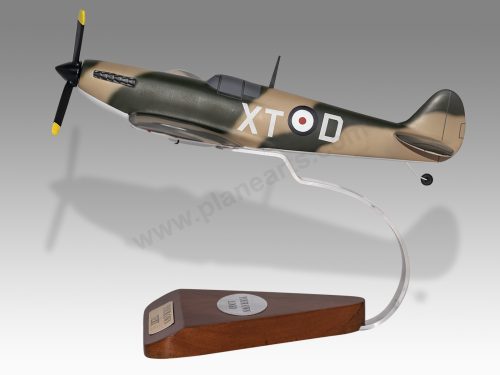
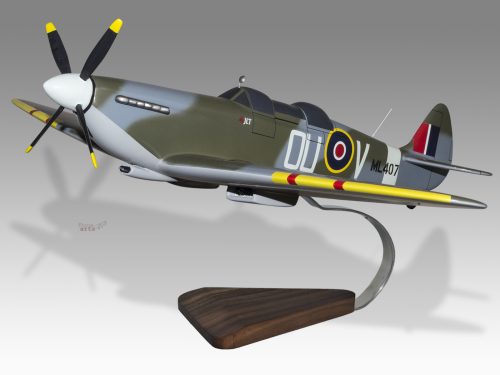




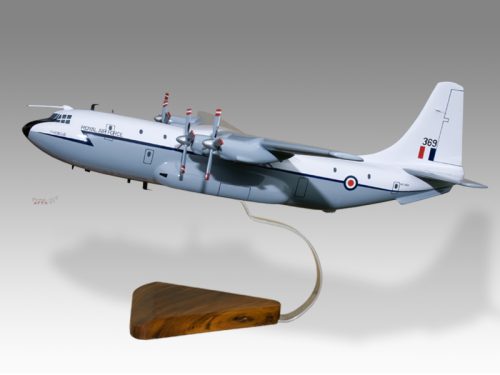

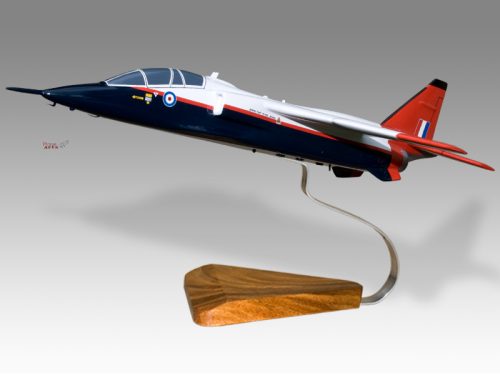
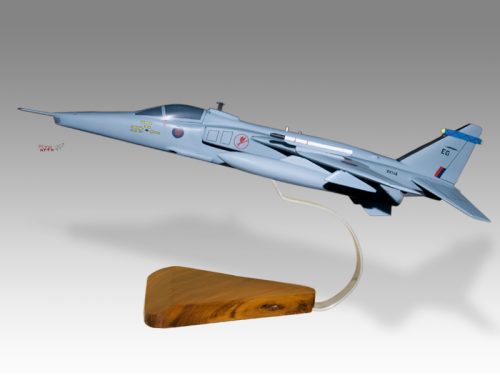
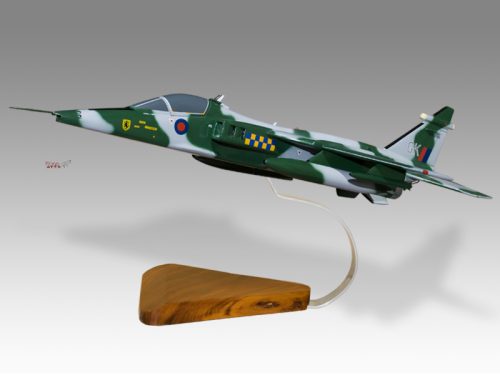
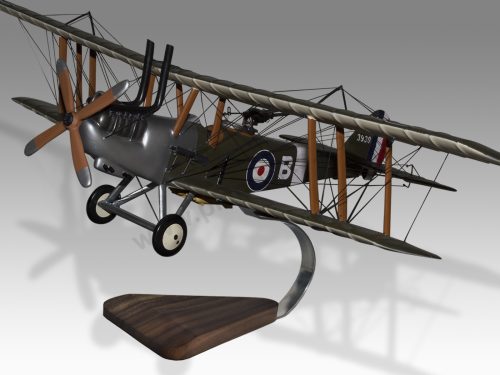
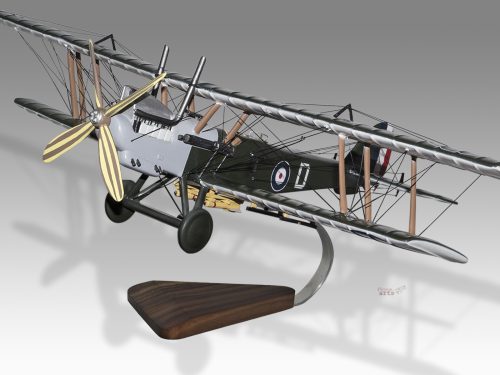
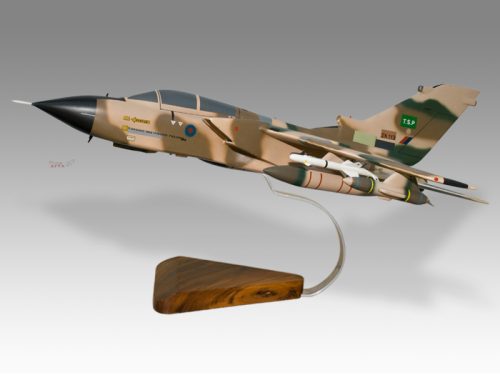
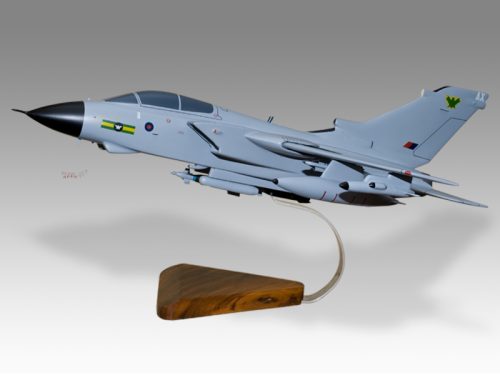
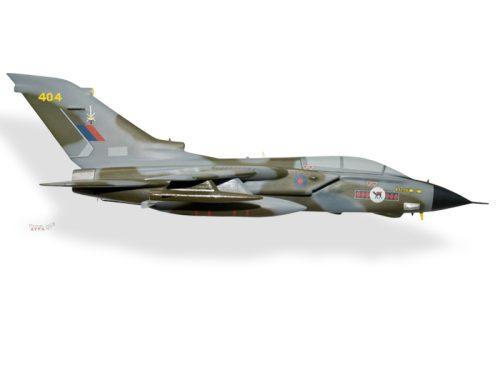
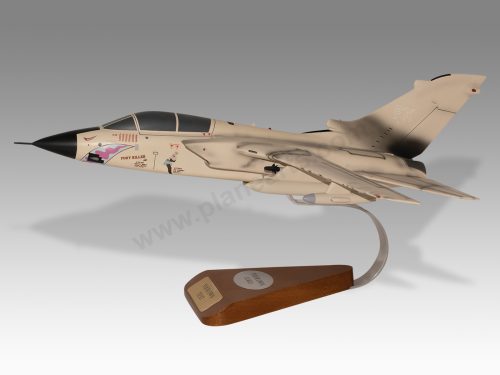
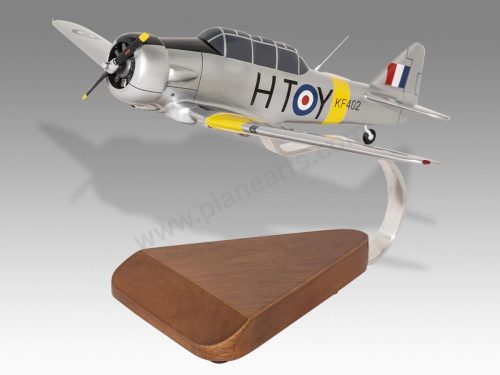

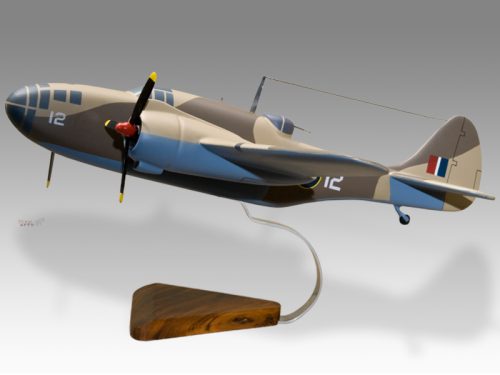
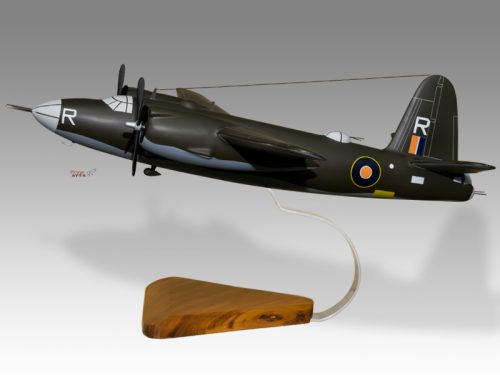

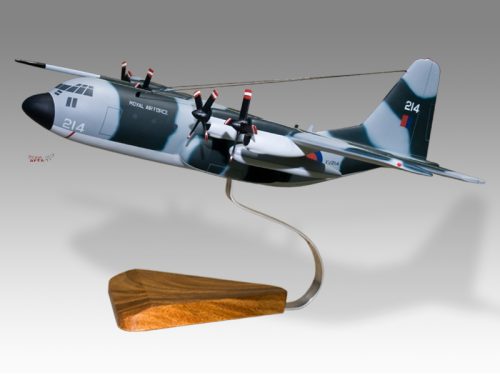



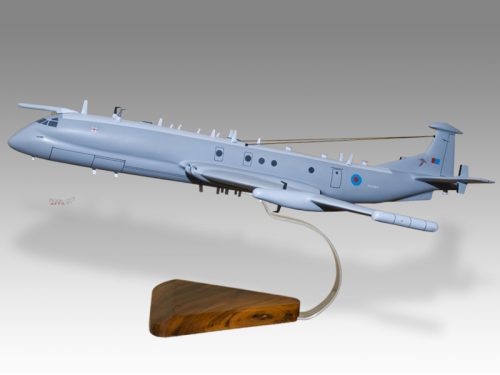
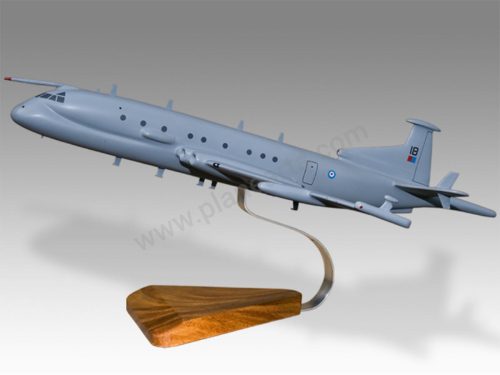


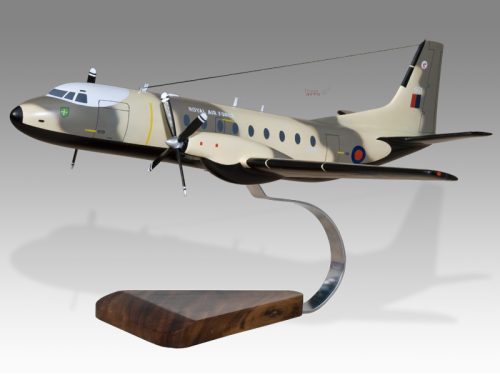


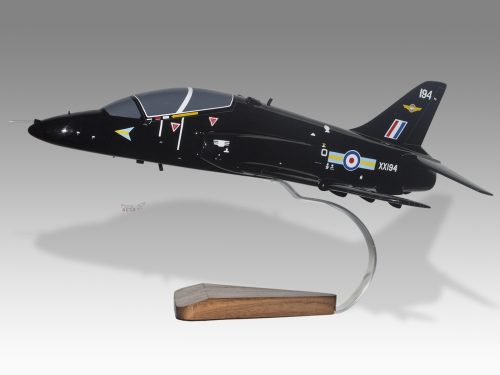
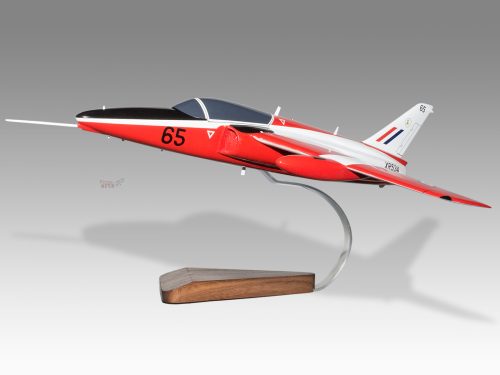
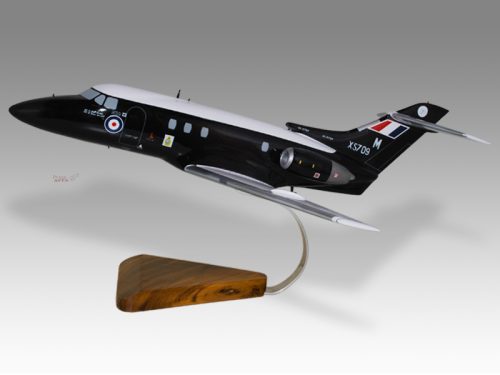
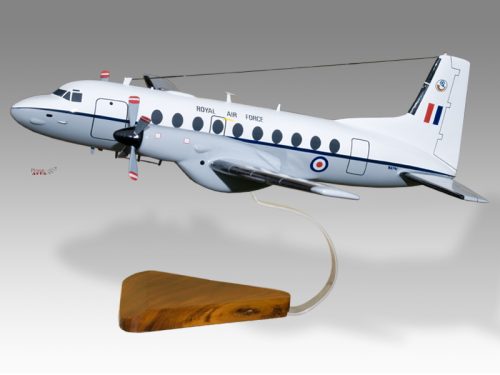
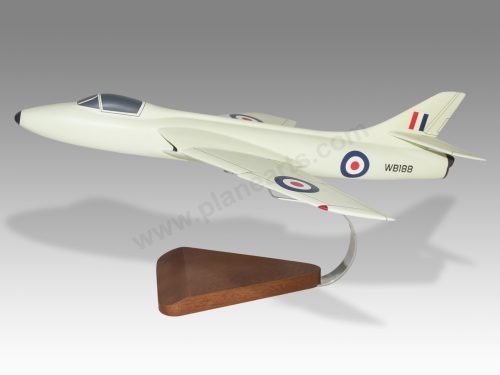
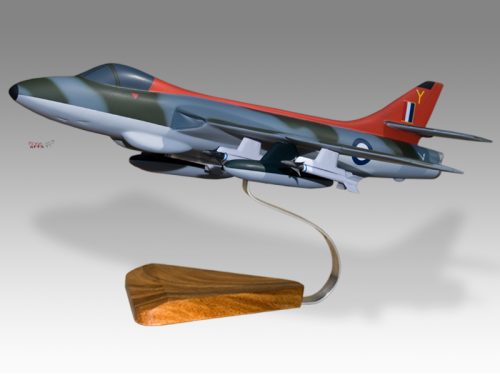

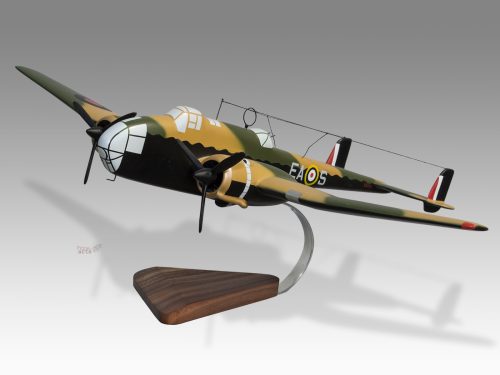

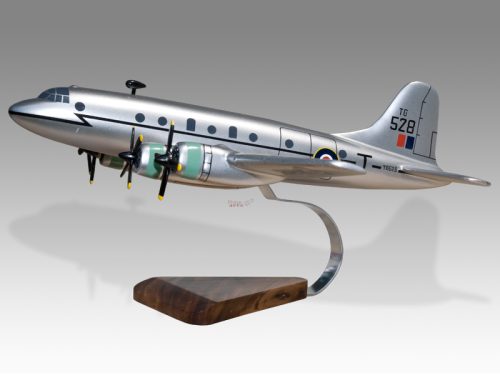
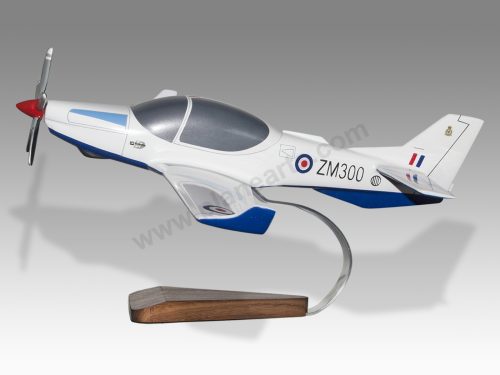

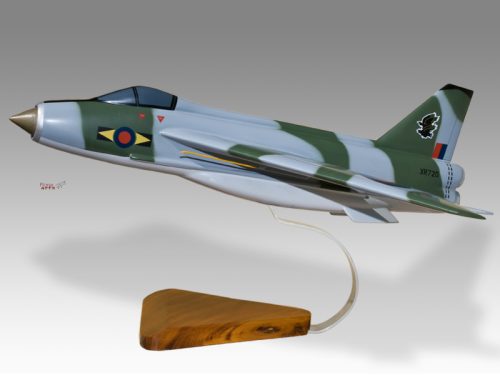


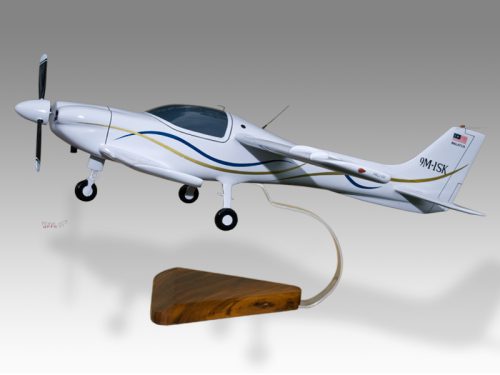
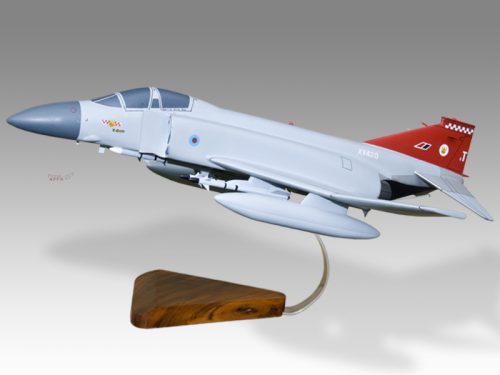
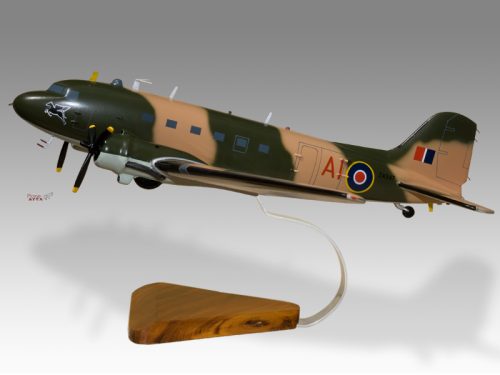

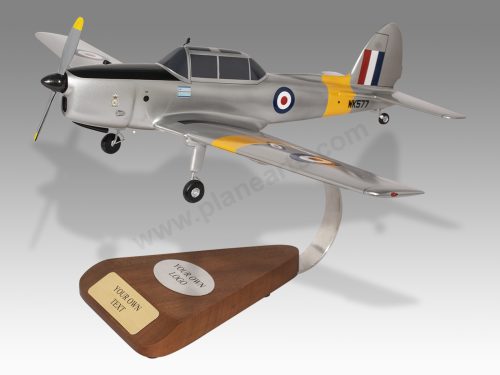
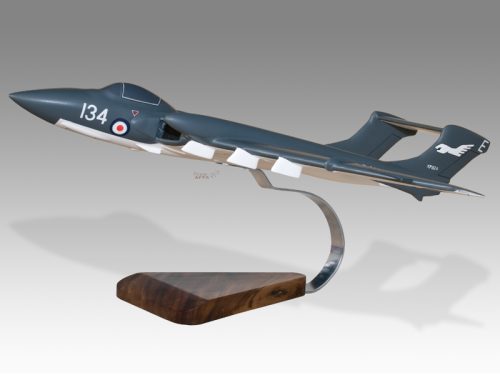
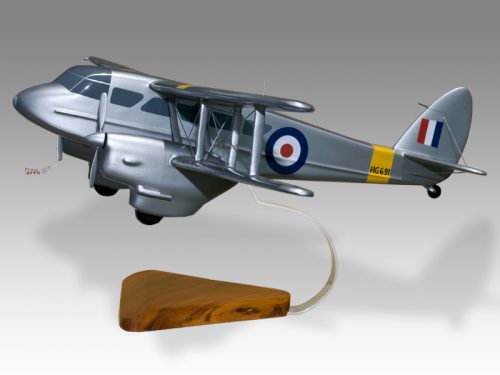
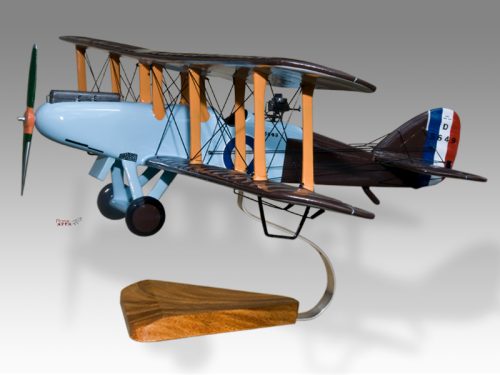
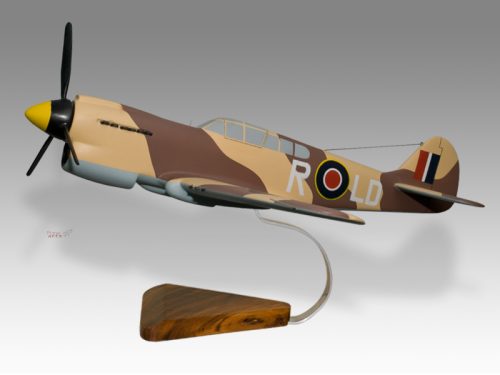

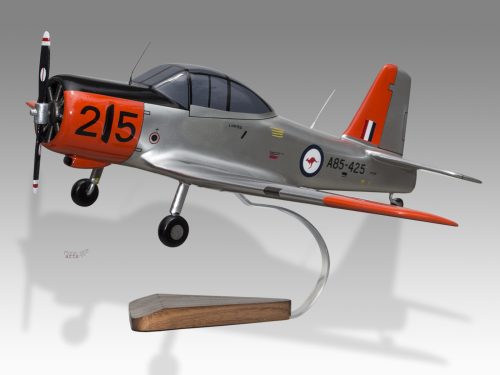

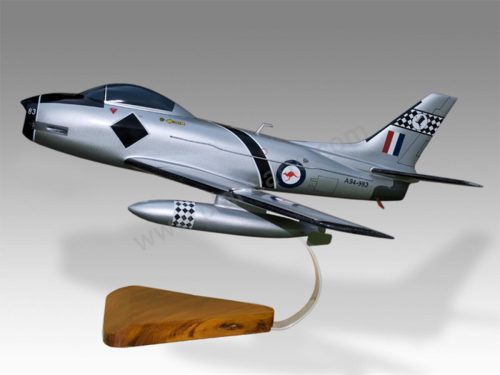
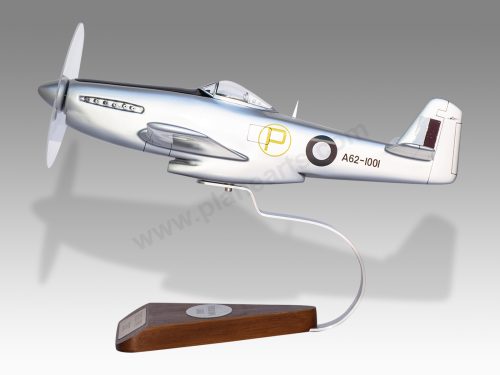
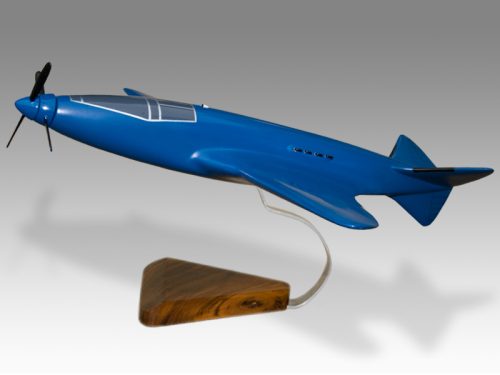
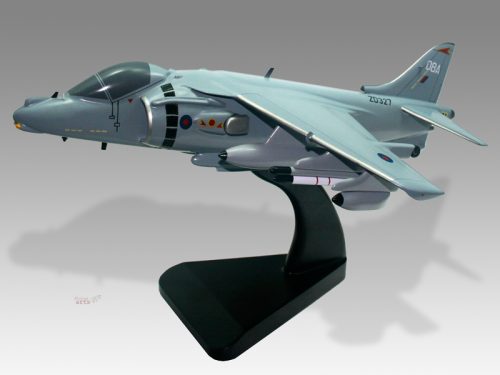
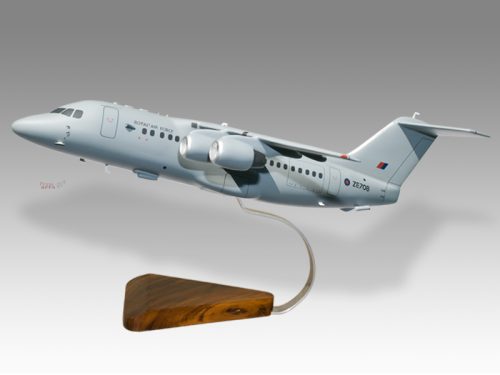

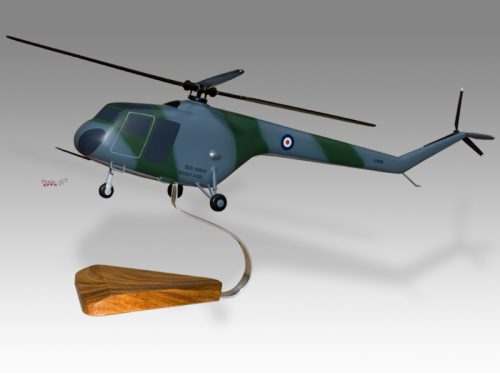
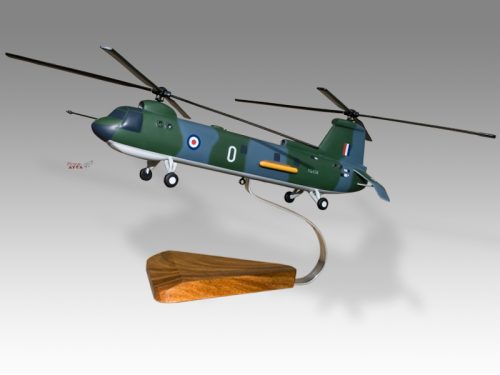

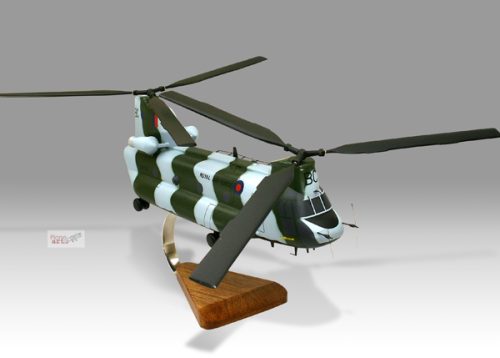
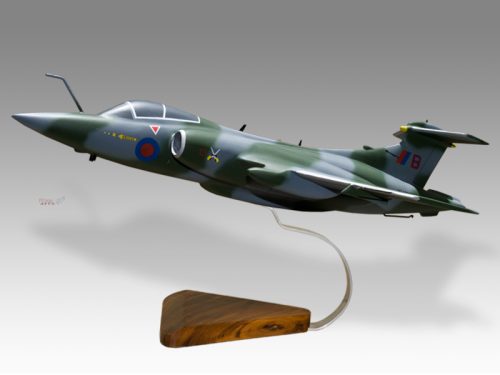
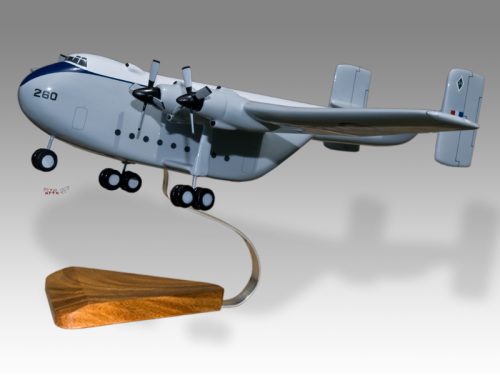
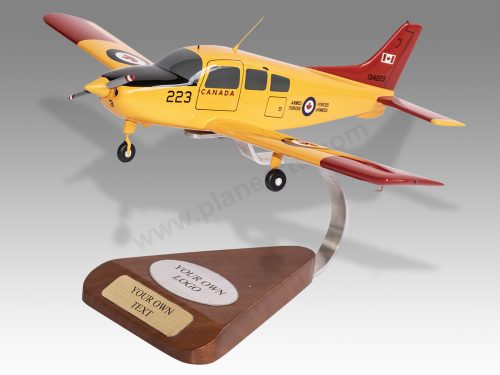

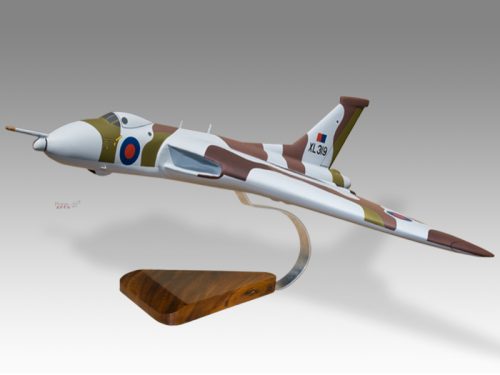
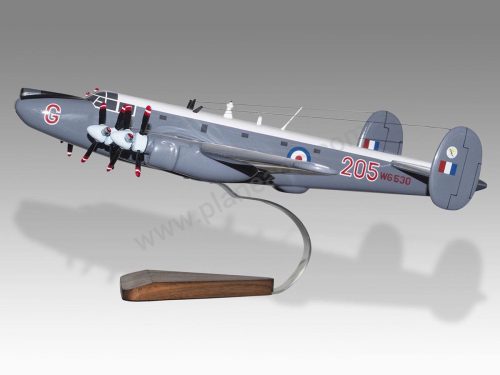

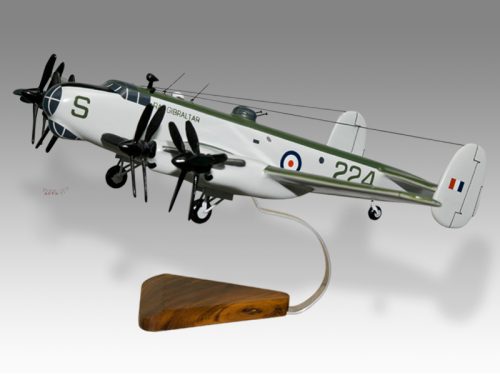
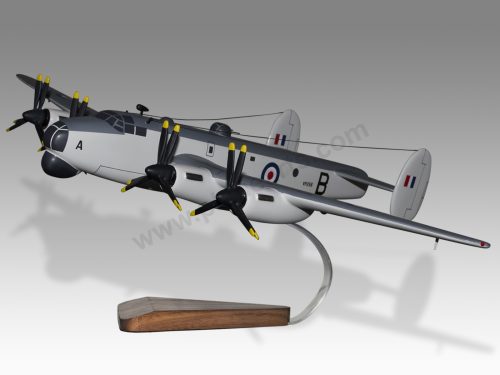
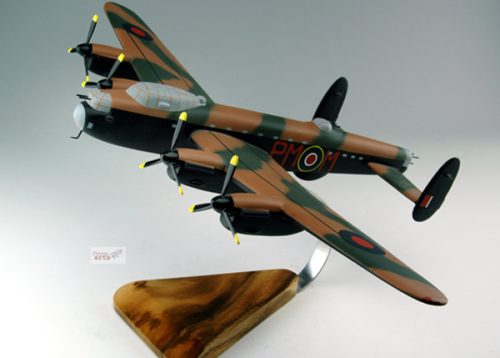
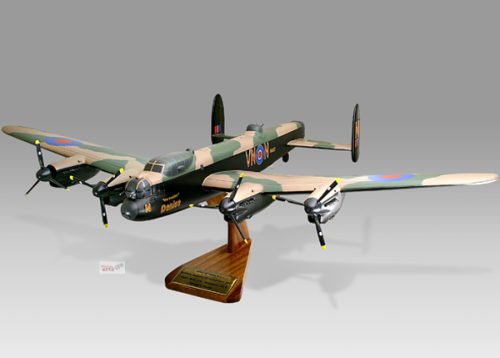
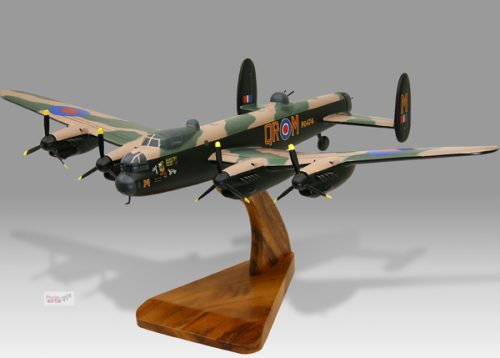


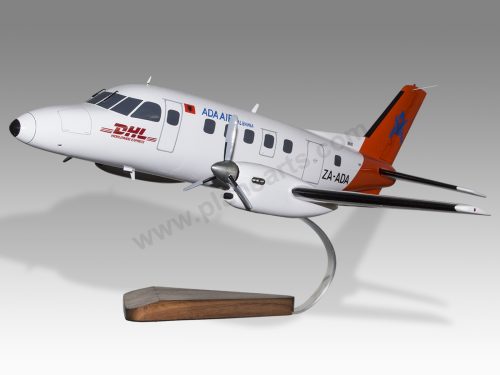

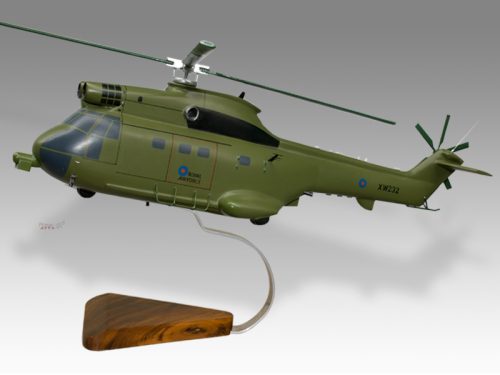

Reviews
There are no reviews yet.